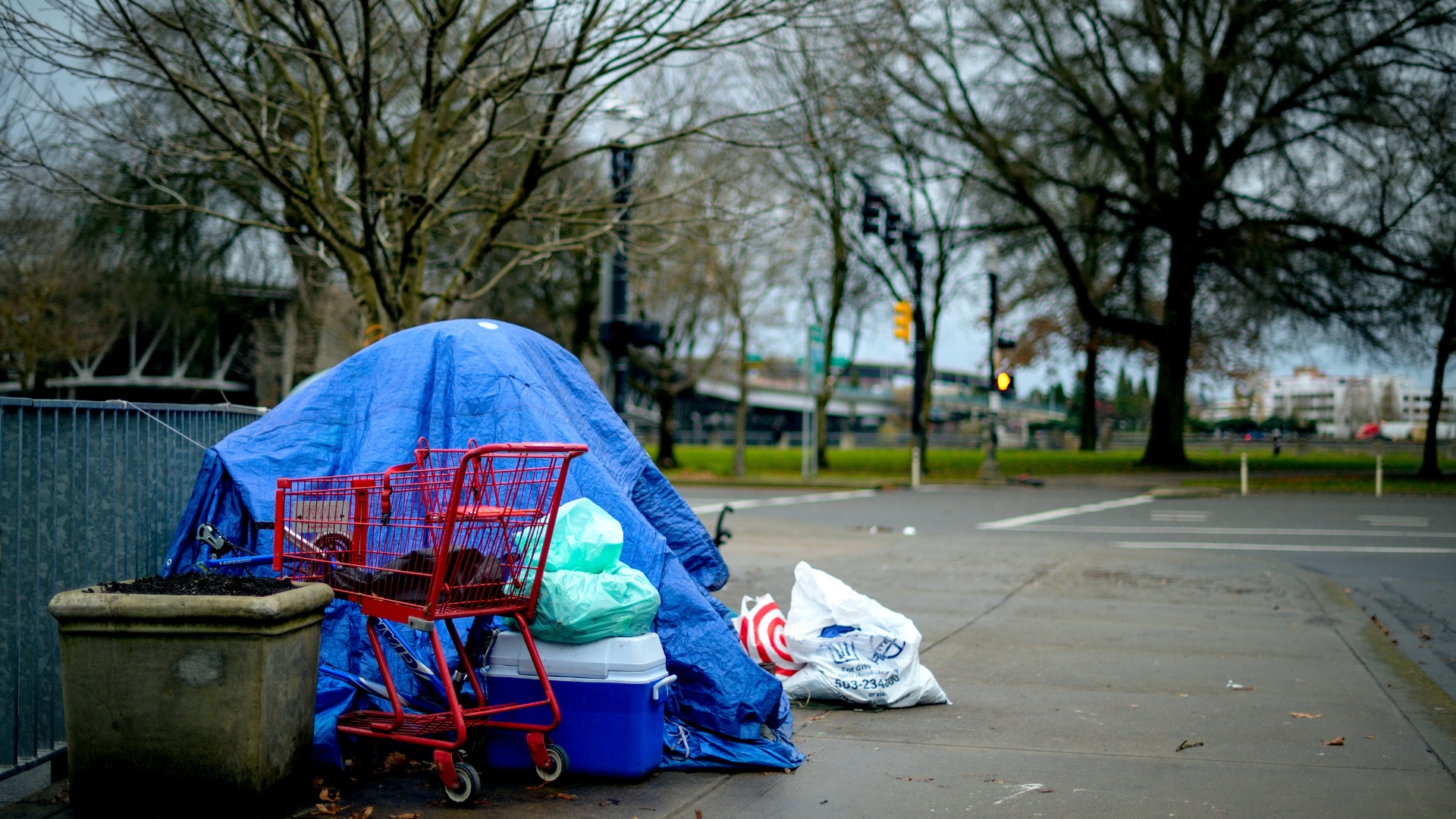In two recent and separate incidents, individuals recording the actions of police officers were cited for “disorderly conduct” after testy exchanges between the person recording an the officer(s) being recorded.
The first incident occurred in Woods Cross, where Bryce Weber noticed a police officer sitting outside his home for some 40 minutes. He stepped outside to record the officer, who alleged that Weber’s recording of him was interfering in his work. Despite Weber ultimately moving across the street while continuing to record, the officer still claimed that he was interfering and thus cited him for disorderly conduct, as Weber refused to return to his home when ordered to do so by the officer. Read more details of the encounter here.
As it relates to this situation, a person in Utah is guilty of disorderly conduct if “the person refuses to comply with the lawful order of a law enforcement officer to move from a public place…” The question Weber’s defense attorney will likely push back on is whether the officer’s command to Weber to return to his home was lawful. While in certain circumstances an officer can lawfully order a person to move away so as not to impede the flow of traffic, interfere with an investigation or other police action, etc., an order to go inside one’s home—as opposed to moving away a safe distance, for example—seems unreasonable and unlawful.
Documenting the actions of a police officer in a public space, from a safe enough distance so as to not actually interfere with the officer’s actions, does not constitute disorderly conduct. Courts have repeatedly held that this form of documentation is perfectly legal under the First Amendment to the U.S. Constitution.
The second incident occurred three weeks ago in Vernal. Coty Tabbee’s mother was going to be charged disorderly conduct for shouting at a woman, so she called her son to advise him of her situation. Coty arrived on scene with two cameras, and when he began to record the officers interacting with his mother, one ordered him to “go away.” When Coty asserted his right to observe and record from a public sidewalk, the officer physically detained him, put him in his vehicle, and later cited him for disorderly conduct and interference—another offense that stems only from disobeying a “lawful order.” Here are more details, and here is the video:
As cameras have proliferated, confrontations such as these have increased. Police officers should be accommodating of citizen journalists, activists, and other concerned individuals who choose to document the activities of the officers they, as taxpayers, employ. Only those who are legitimately interfering with an officer’s activity, or otherwise violating the law, should be instructed to move away.





